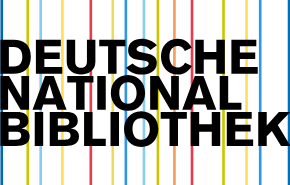KASHGARI'S APPROACH TO SCIENCE AND EDUCATION
Abstract
This scientific article analyzes Qoshgariy's (13th century) approach to science and education. In his scientific and educational activities, Qoshgariy supported the advancement of science, encouraged scientific research, and aimed to simplify education for the broader public. His works include dictionaries, philosophical and scientific treatises, as well as pedagogical views. The article thoroughly examines Qoshgariy's scientific legacy, his innovative approach to education, and the opportunities he created for the widespread distribution of education. It also demonstrates the lasting impact of Qoshgariy’s educational system on modern education.
Keywords
Qoshgariy, science, education, pedagogy, works, scientific legacy, education system, innovationHow to Cite
References
1Kashgari, Mahmud. Divanu lugatit turk. Editor: Mahmud Kashgari's most famous work, and is an important source for studying the vocabulary and grammar of the Turkish language. This work also contains information about the language, culture, and education system of the Turkic peoples.
2Hassanov, I. Kashgari and his scientific heritage. Tashkent, 1993. This work sheds light on Kashgari's approach to science and education and his methods of study.
3Nazarov, M. Scientific development of medieval Turkestan. Tashkent, 2000. This book contains detailed information about the scientific development of Turkestan, including Kashgari's scientific heritage, educational system, and contributions to culture.
4Jomi, M. Nasruddin Jomi and his views on education. Tashkent, 2002. This work sheds light on the historical development of the approach to education in the process of studying Kashgari's scientific heritage.

This work is licensed under a Creative Commons Attribution 4.0 International License.
Authors retain the copyright of their manuscripts, and all Open Access articles are disseminated under the terms of the Creative Commons Attribution License 4.0 (CC-BY), which licenses unrestricted use, distribution, and reproduction in any medium, provided that the original work is appropriately cited. The use of general descriptive names, trade names, trademarks, and so forth in this publication, even if not specifically identified, does not imply that these names are not protected by the relevant laws and regulations.






